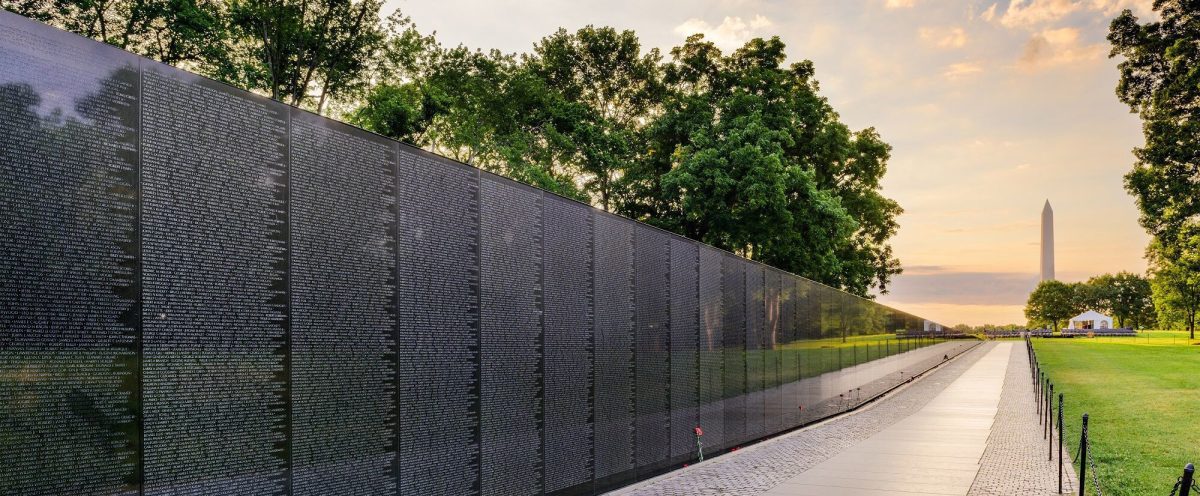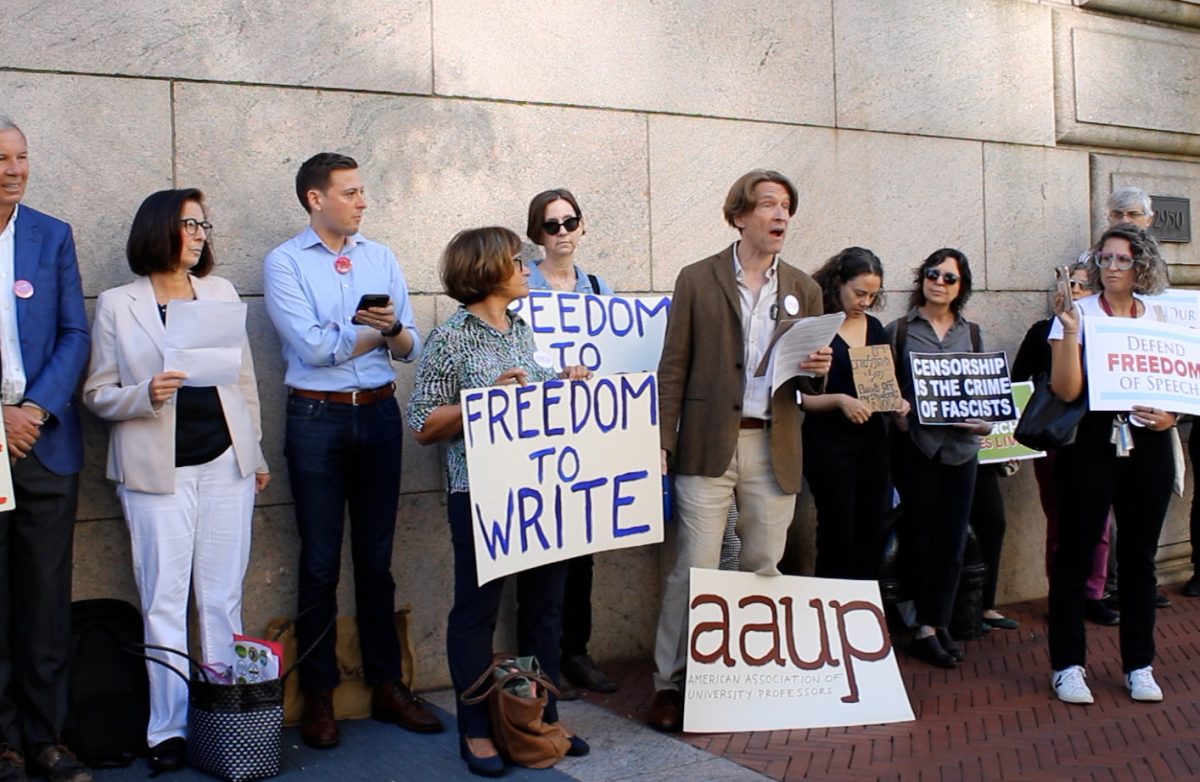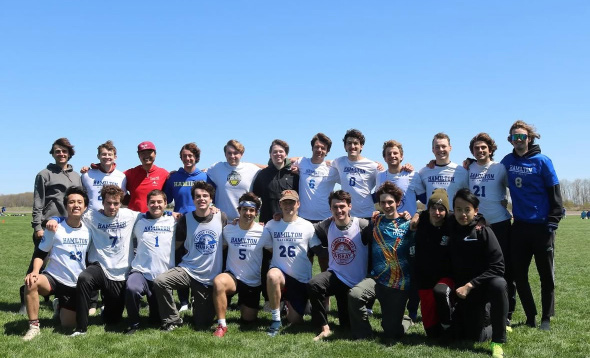
With Halloween right around the corner, those of us who are believers in ghosts, or not, get enthralled with ghost stories. With Hamilton’s long history, students are bound to hear several rumors of ghosts lingering on campus, from Couper Hall to Morris House basement. Hamilton also has a cemetery on campus where many important figures in Hamilton’s history are laid to rest.
The cemetery provides a final resting place for many people who felt a deep connection with the institution. While Hamilton College does not have the luck of being the final resting place of Alexander Hamilton himself, many other important figures in Hamilton College’s history are here. Perhaps, they are here in a different way than we would expect.
The most notable figures residing in the College cemetery are Samuel Kirkland and Chief Skenandoa. Samuel Kirkland was the founder of Hamilton College. In 1793, he had been a missionary with the Oneida people. Chief Skenandoa, leader of the Oneida at the time, had put his trust in Samuel Kirkland, whose initial plan was to have a school for both Oneida and white children. However, according to the Hamilton College History website, when Treasurer Alexander Hamilton agreed to be a trustee of the new school, the idea of “help[ing] the Oneidas adapt to a life in settled communities” quickly disintergrated. Not only was Samuel Kirkland’s idea an early Colonial iteration of later compulsory boarding schools that forced Native Americans to assimilate to white culture, but he also betrayed the Oneida people’s trust while doing it. Today, Samuel Kirkland and Chief Skenandoa are buried side-by-side in the College cemetery. While many things are named for Samuel Kirkland (Kirkland, NY, Kirkland College, Kirkland Glen), Chief Skenandoa has a residence hall named in his memory.
Another important figure who is buried in the College cemetery is Elihu Root, Class of 1864. Root held several positions in the federal government, including Secretary of State under President Theodore Roosevelt and Secretary of War under President William McKinley. Several members of the Root family are also buried here at Hamilton. While Elihu Root was attending school at Hamilton, he was a member of Sigma Phi and graduated at the top of his class. Root taught at Rome Free Academy and then went to law school. While Secretary of War, Elihu Root was an integral force in the Spanish-American War, which allowed America to annex Cuba, Puerto Rico, and the Philippines. On our campus, so many of our buildings on campus are named Root that sometimes it gets confusing. Are we meeting in Root Hall, Root Dorm or Root Glen?
Several others rest in the cemetery, including professors and presidents. For example, Professor of Classics Edward North, who was Hamilton’s longest serving faculty member is a resident. Presidents include Melancthon Woolsey Stryker, Frederick Ferry, and Robert Ward McEwen. President Stryker was Hamilton’s longest serving President, while President McEwen has a dining hall named after him. In addition, Samuel Eells, founder of Alpha Delta Phi, is also buried on campus. Eells residence hall is named after him. The cemetery also has many of the deceased family members of these prominent names lain to rest on campus as well.
This Hallo-weekend, as students dress up and have fun with friends, stories of ghosts will be common. Legends will be passed down to the First Year students and new “ghost sightings” may occur. Perhaps, the ghosts of Hamilton’s past will join us for campus festivities. Knowing who may be haunting your room can disturb some and intrigue others. For example, it is said that Morris House basement is haunted Samuel Kirkland. While we may never know the truth behind the stories of these supernatural experiences, they provoke thought and consideration, particularly at this time of year. Beyond the great material for ghost stories, the College cemetery provides students with a connection to Hamilton’s history. It is important to understand where we have been in order to imagine a future.

















